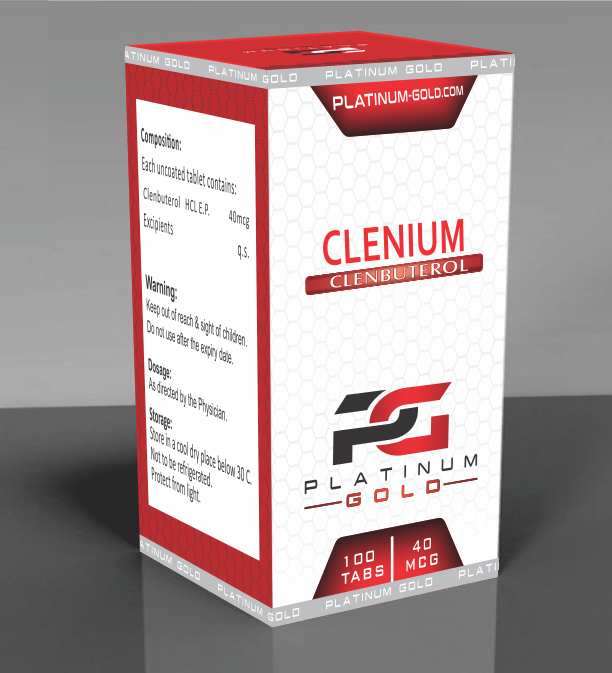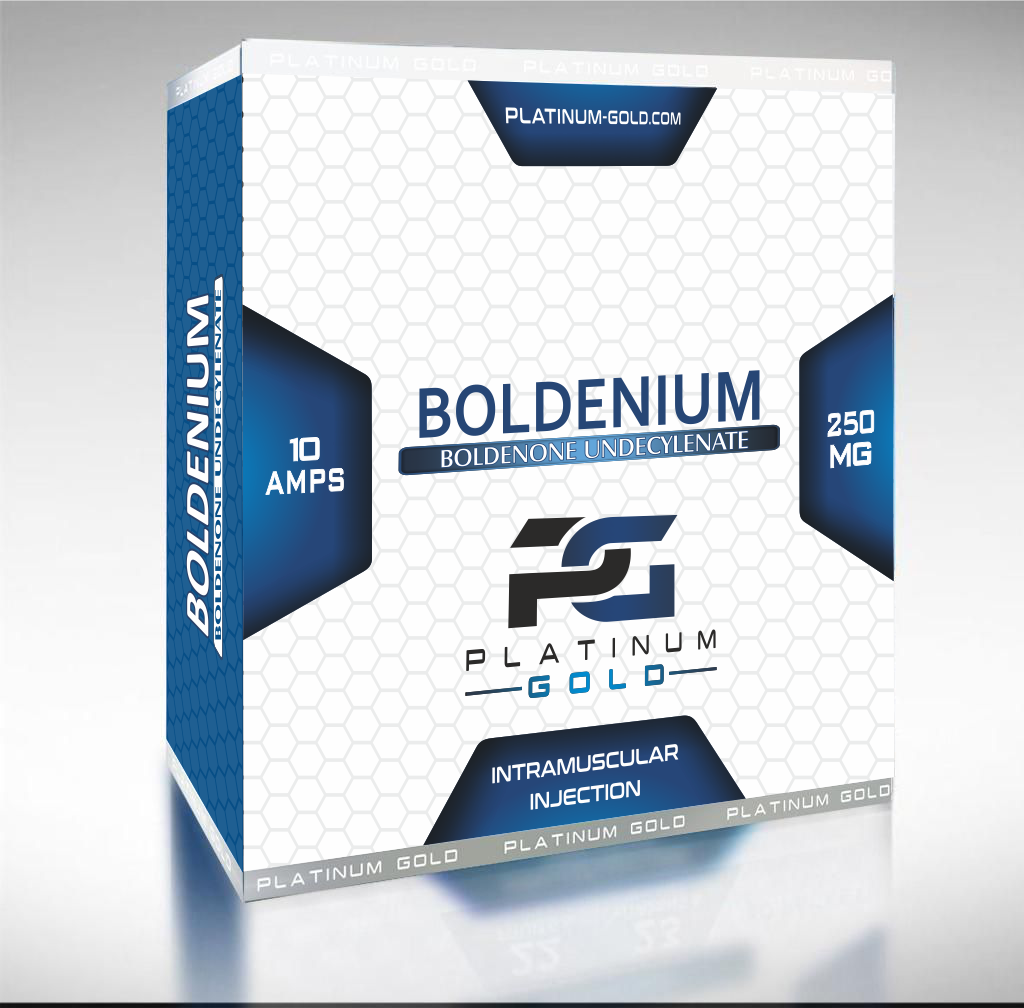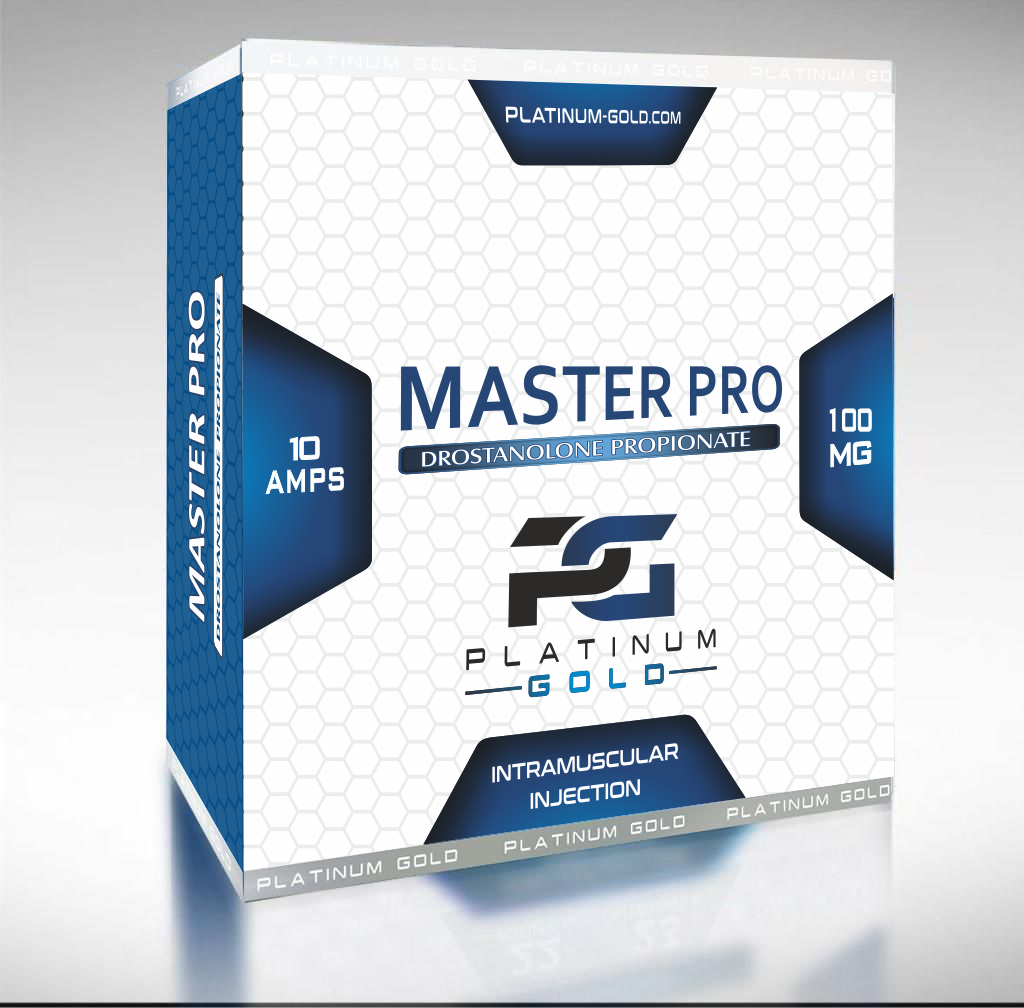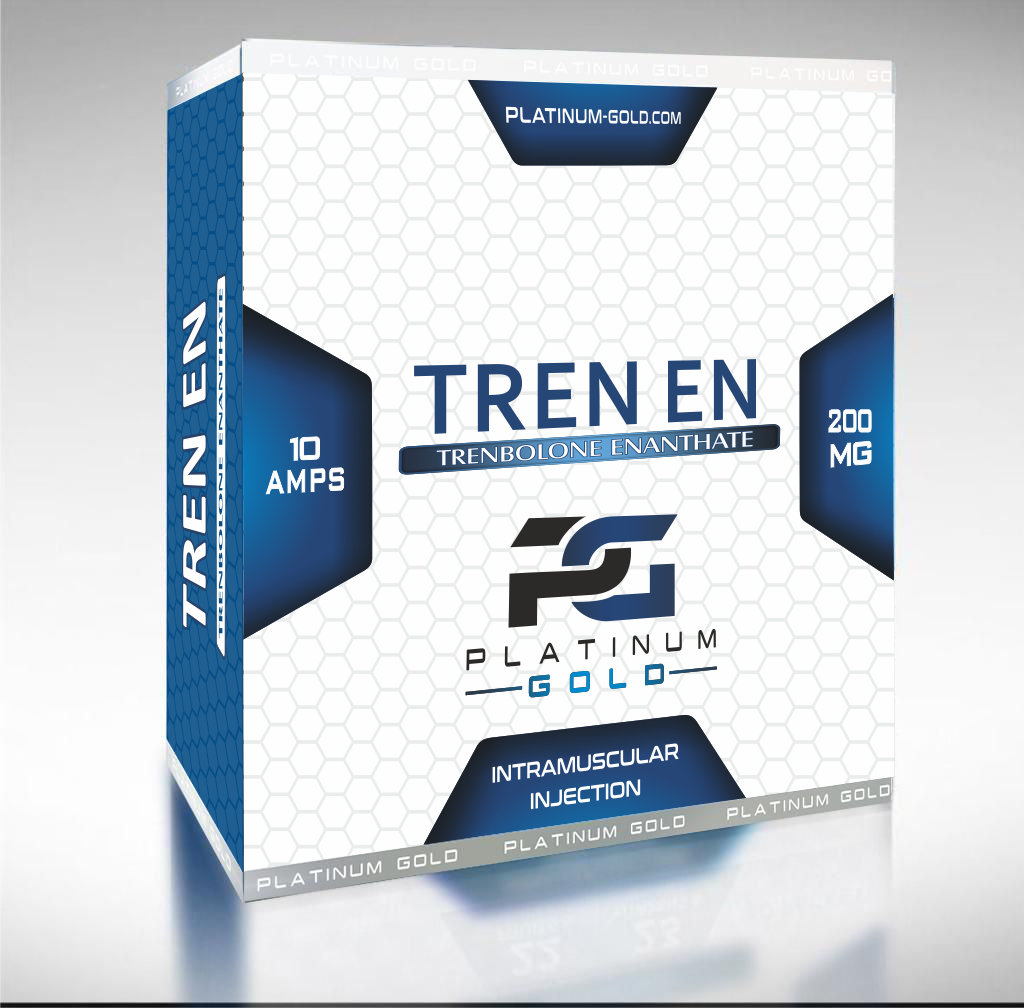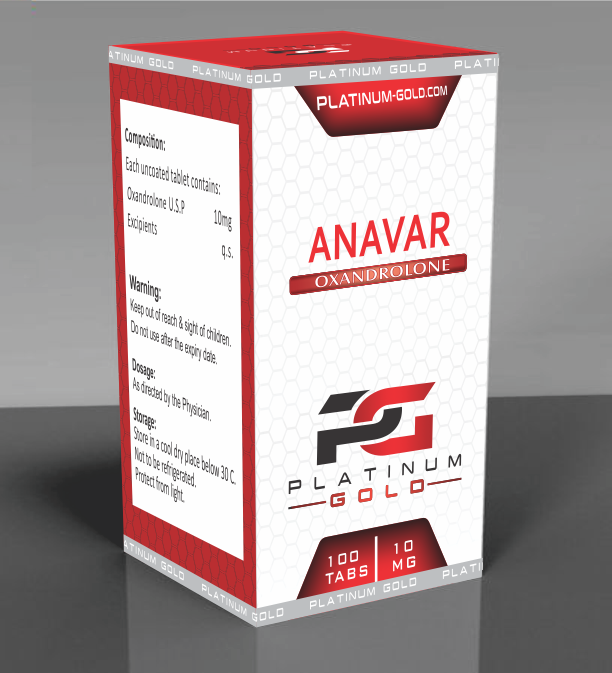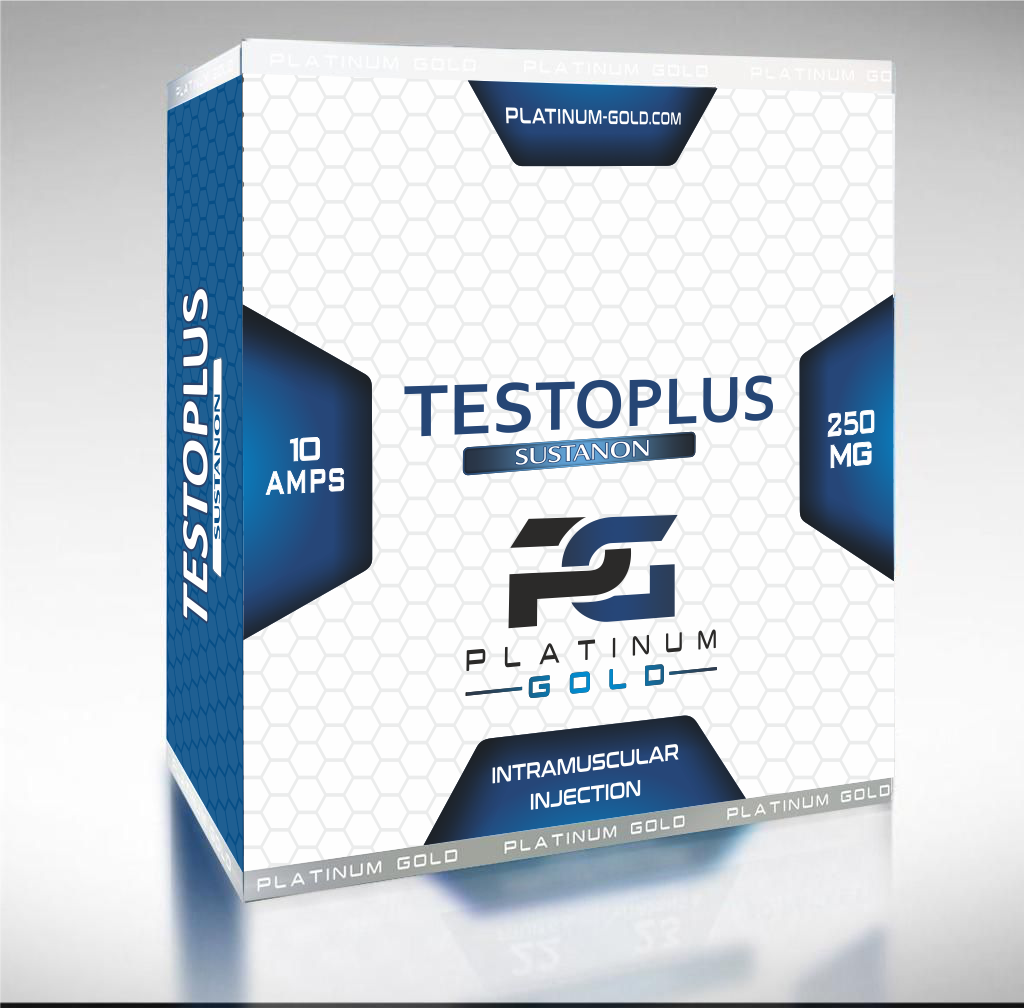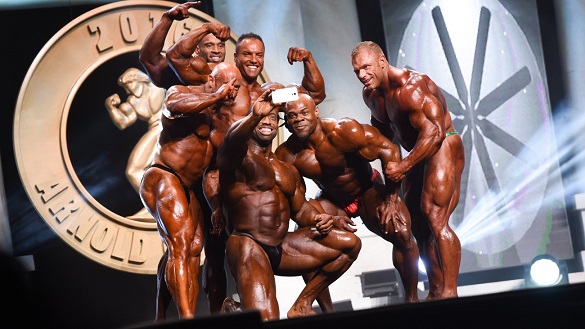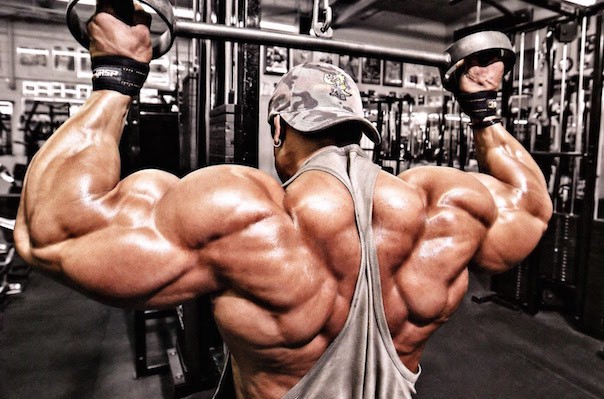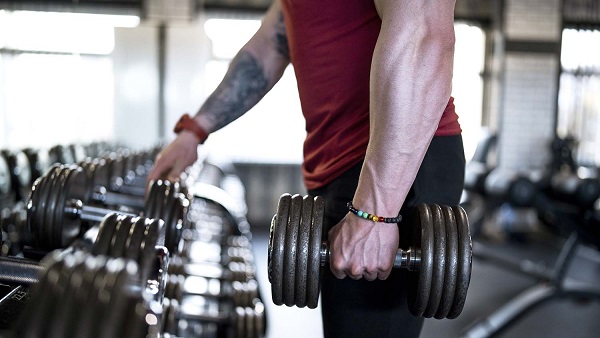Mr. Haycock,
I consider myself well versed on steroids and how they work, but one thing that continually has me puzzled is this; if there is only one androgen receptor that all steroids bind to in order to induce growth, how come there are so many diverse effects of different synthetic steroids. Some make you bloat, others don’t. Some give you insomnia, other don’t. Some give you hiccups and make you snore, while yet again, others don’t. No one has been able to offer me an explanation for this. Any insight you might shed on this would be really appreciated.
Thanks in advance.
Answer:Much of the confusion about the wide range of side effects of steroids comes from their various non-genomic actions. As the term “non-genomic” doesn’t seem to come up very often in locker room steroid conversations let me explain.
Most people know that there is only one typical, or sometimes called “classical”, androgen receptor (AR). The AR is an intracellular receptor, meaning that it resides within cells (as apposed to the membrane surface) and once bound to an androgen, travels to the nucleus of the cell and binds to the DNA where it initiates the expression of various proteins.
The AR exerts a wide range of effects even though there is only one typical AR. Testosterone (Test) is able to exert different effects in different tissues by virtue of it acting “as is” in some tissues, and acting as its 5-alpha reduced counterpart dihydrotestosterone (DHT) in the same and/or other tissues.
DHT has different binding properties than Test. DHT binds stronger, and stays bound longer than Test. This subtle difference in the strength and duration of binding is able to produce a tremendous range of different actions in the body from the time you’re a fetus to a full grown adult.
Some synthetic steroids are more like Test, and others are more like DHT. But this still doesn’t explain all the differences seen among synthetic androgens. The differences beyond binding properties can then be explained by these “non-genomic” properties mentioned earlier.
Within the last 5 years or so, more attention has been drawn to the non-genomic effects of steroids and trying to understand them. They are called “non-genomic” because they don’t directly involve the steroid bound to the AR acting directly on the cells DNA.
It is now understood that steroids can act on the cell membrane to bring about various second messenger effects. These second messenger pathways involve kinase pathways driven by classical receptors (MAPk, ERK, MEK, etc), as well as cyclic AMP, lipase and other kinase pathways (PI3K, PKA, PKC, etc), including ion fluxes (Ca), which are driven by atypical receptors. All in all, steroids affect cells through several different pathways and at least one atypical steroid receptor, none of which involve what most people consider the true “intracellular” mechanism of steroid action.
Most all of these non-genomic affects of steroids are acute, or immediate. Meaning, they occur within seconds or minutes of the steroid interacting with the cell. This helps to explain why so many different organs have androgen receptors or are sensitive to androgen levels. For example, in tissues taken from rats, (in order of sensitivity):



